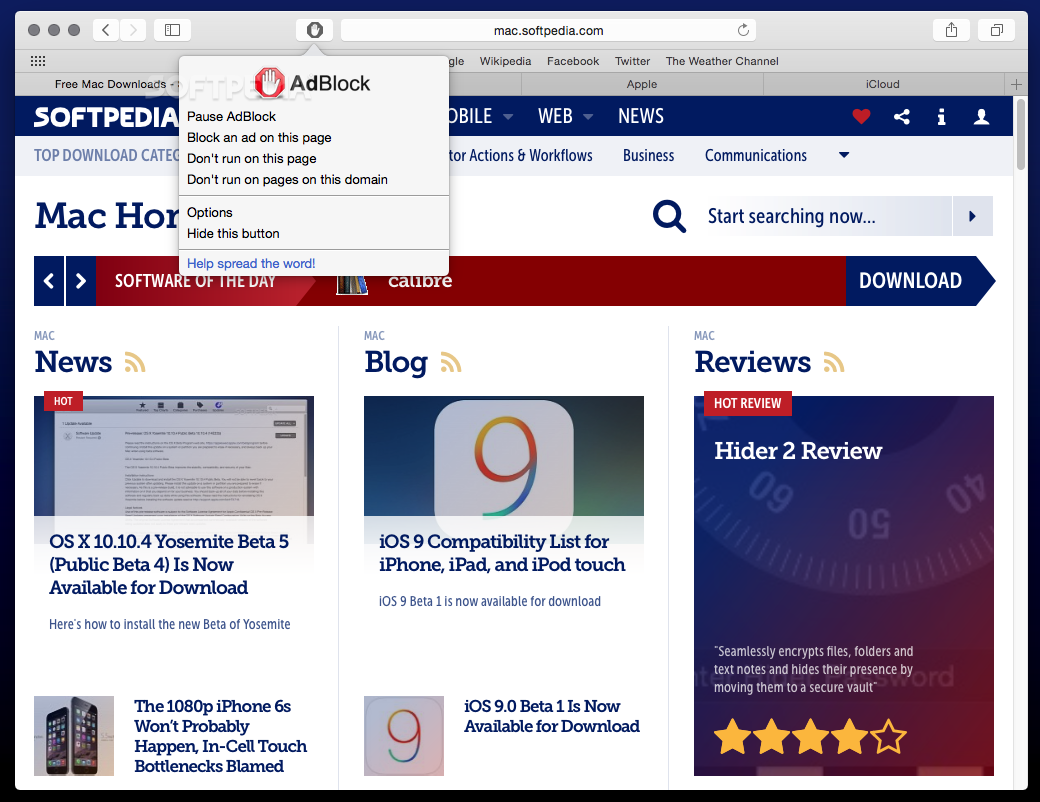
#Adlock chrome plus
Two years ago Google also had to remove malicious Chrome extensions spoofing AdBlock Plus from the store. It’s not the first time dodgy ad blockers have appeared on the Chrome store. It is difficult to estimate the damage, but I’d say that we are talking about millions of USD monthly.” “The scale is unprecedented,” he wrote “These two add-ons have more than 1.6 million ‘weekly active users,’ who were stuffed with cookies of than 300 websites from Alexa Top 10,000. Meshkov found AdBlock and uBlock hijacking cookie commissions from numerous sites, including, ,, and. Then, if the Web user with the fraudulent ad blocker makes a purchase on, “the extensions owner will be paid a commission by Teamviewer,” he wrote. However, after 55 hours, the extensions act a bit differently than typical ad blockers, serving up commands for the extension to execute that hijack cookies from affiliate programs such as Teamviewer, Meshkov wrote.
#Adlock chrome code
They “both are based on the code of the original ‘AdBlock’ extension so the quality is good enough,” Meshkov wrote in the post. Moreover, the fake ad blocker extensions do in fact block ads, he said. and uBlock by Charlie Lee-have names similar to existing ad blockers AdBlock by getadblockand ’s uBlock or Raymond Hill’s uBlock Origin, Meshkov wrote. The two extensions in question–AdBlock by AdBlock Inc. What’s especially difficult in terms of preventing this type of ad fraud is that it’s difficult for users downloading fraudulent adblockers to tell the difference from legitimate ones, he said. Cybercriminals use cookie stuffing to win money through ad fraud.īy using fake ad blockers, cybercriminals can earn commission on purchases made on sites stuffed with the cookies, Meshkov said. In this technique-which has been used since the internet’s early days–a website or browser extension adds extra information to a user’s cookie so it looks like more people clicked on an affiliate ad than actually did.

Rather than legitimately block ads on websites-the obvious purpose of this type of browser extension–the malicious blockers perform what’s called “cookie stuffing,” Meshkov said. Researcher Andrey Meshkov from rival ad blocker maker AdGuard discovered that the extensions “AdBlock” and “uBlock” found in the store were fraudulent and alerted users in a blog post.
#Adlock chrome how to
In short, it acts an interface between the extension and the browser, so they understand how to work together.Google has removed two malicious ad blockers from its Chrome Web Store after a researcher discovered they were carrying out ad fraud and deceived Chrome users by using names of legitimate and popular blockers. Learn what an API is and how they work if you're not familiar. Manifest itself is an API, which stands for Application Programming Interface. To improve readability, cosmetic filtering removes those leftover spaces and condenses the website just before it finishes loading.Īll browser extensions include a blueprint file called Manifest to tell the browser key information, like the permissions required. After blocking the request to the ad server, websites still contain blank space where ads would normally be. See our guide on malicious websites and malvertising to learn how to spot them and protect yourself.Īdditionally, most ad blockers have a feature called cosmetic filtering. If you visit a legitimate website that has been infected with malware, your content blocker can allow the legitimate website to load while blocking the connection to the infection before it can harm your device. Ad blockers and other content blockers work by maintaining a list of requests to block before they load.


 0 kommentar(er)
0 kommentar(er)
